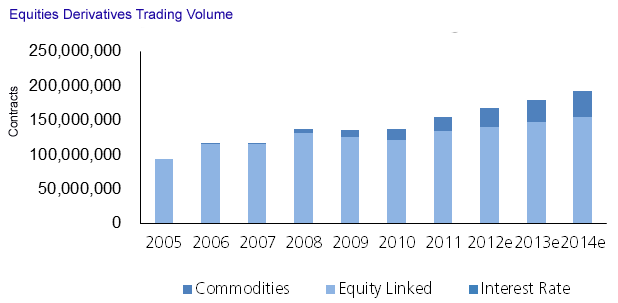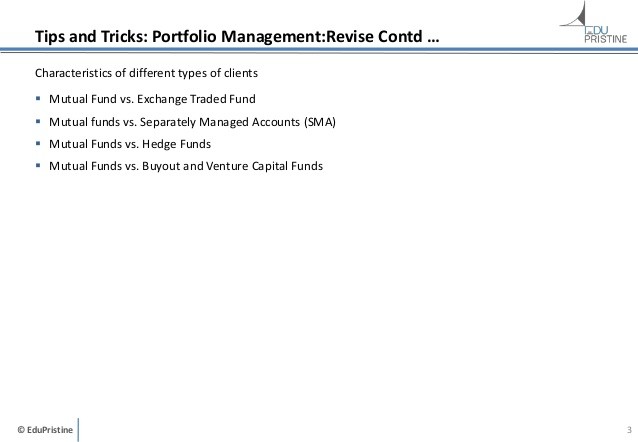Mutual Funds and Derivatives
Post on: 3 Июль, 2015 No Comment

Some mutual funds may use investment techniques involving derivatives and other derivative instruments. Derivatives are financial instruments based on agreements or contracts and whose value is tied to an underlying asset, instrument, or index. They often play a useful role in hedging and/or managing risk. For example, derivatives are one of the most popular instruments for hedging interest-rate risk.
Derivatives are also used for other purposes. They can be used to make speculative investments on the movement of the value of an underlying asset, to obtain exposure to an area that it is not possible to invest in directly, or create optionability where the value of the derivative is linked to a specific condition or event. Derivatives generally create leverage. As a result, a small movement in the underlying asset’s value can cause a large difference in the value of the derivative and result in large profits or losses depending on the direction of the change.
Examples of derivatives include futures, options, forward currency contracts, options on future contracts, and swaps, such as interest rate swaps (exchanging a floating rate for a fixed rate), total return swaps (exchanging a floating rate for the total return of a security or index), and credit default swaps (buying or selling credit default protection).
Derivatives are subject to liquidity and interest rate risk, market risk, credit risk and management risk. As well, derivative instruments may experience dramatic price changes and imperfect correlations between the price of the derivative contract and the underlying security or index, which may increase a mutual fund’s volatility. Derivatives and forward-settling securities also involve leverage risk because they can provide investment exposure in an amount exceeding the initial investment.

Investors should be aware that there is no assurance that a mutual fund’s use of a derivative strategy will succeed. A fund’s management may employ a sophisticated risk management process to oversee and manage derivative exposures within a fund, but the use of derivative instruments may involve risks different from, and, in certain cases, greater than, the risks presented by the securities from which they are derived.
Therefore, investors should carefully consider their risk tolerance level and financial circumstances before investing in funds that use derivatives. Some mutual funds may use them on a very limited basis, while others use them as a core strategy. A fund’s prospectus will give you a summary and a detail description of the fund’s investment strategies, and its Statement of Additional Information usually provides additional details about it. You may find it helpful to visit a mutual fund company’s Web site as it will often provide useful commentary and insights into how the fund is managed. If you need help getting information about a fund, contact a Fidelity representative.
Before investing in any mutual fund, please carefully consider the investment objectives, risks, charges, and expenses. For this and other information, call or write Fidelity for a free prospectus or, if available, a summary prospectus. Read it carefully before you invest.














